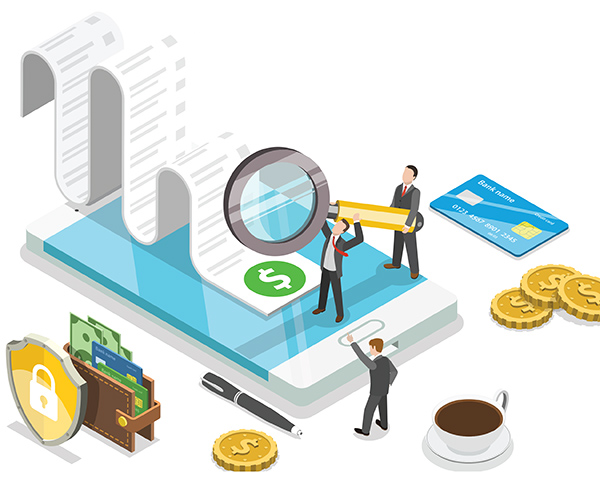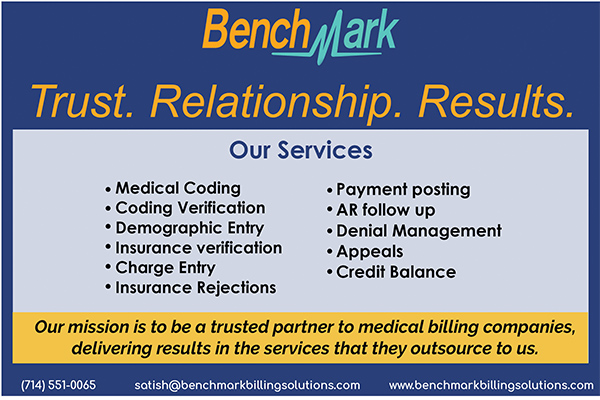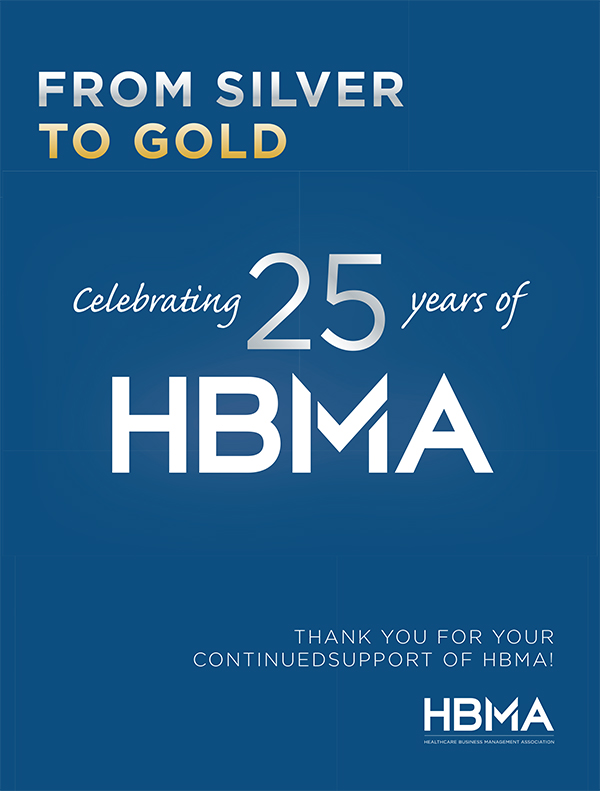Picture This: Mobile Payments The inefficiencies and costs associated with paper billing
The digital revolution is in full swing, as paper processes disappear across industries. Mail volumes declined by 5 billion pieces or almost 4 percent in 2017, according to the United States Postal Service. Online shopping increased six times faster than brick-and-mortar shopping during the 2017 holiday shopping season (First Data), while a record 7,000 retail stores closed or were set to close in 2017 (Fung Global Retail and Technology). The world we live in is being shaped by tech giants like Apple, Amazon, and Uber who are giving us access to more and more at our fingertips. Yet, the healthcare industry has somehow managed to resist the digital revolution and continue to rely on inefficient paper processes. The Healthcare Paper Problem The inefficiencies and costs associated with paper billing are obvious when considering the time it takes for paper to travel in the mail and the cost of stamps and paper envelopes. However, a less obvious but significant cost results in the frustration and confusion consumers experience with paper bills. While 79 percent of consumers still receive a paper medical bill, only 21 percent of consumers want to use checks to make healthcare payments (Consumer Healthcare Payments Survey 2017). Additionally, 70 percent of consumers are confused by their medical bills (Consumer Healthcare Payments Survey 2017). Consumers who cannot pay how they want and are confused by their bills may respond in a few different ways: 1) they will call the provider or billing service to ask questions about their bill; 2) they take longer to pay the bill because they have to go through the effort of locating their checkbook and purchasing a stamp; 3) they may ignore the bill altogether because they don’t understand what they owe or how to pay. Each of these options leave billing services spending more time and money trying to collect from confused and frustrated consumers. If healthcare were to fully embrace the digital revolution for payments, billing services could have the dual benefits of reducing overhead costs and staff time spent on inefficient paper processes as well as guarantee more payments collected. Meanwhile, consumers could finally manage their payments how they know best—electronically and automatically.
Consumers Want Digital Experiences in Healthcare We can look to consumer experiences in different industries with leaders such as Amazon, Uber, or Starbucks as examples for excellent consumer payment experiences. These companies have listened to what consumers are looking for and have created experiences that are positive from end-to-end. But healthcare, of course, is more complex. We must take the best experiences from these brands and modify them to work in the healthcare atmosphere. Some of the best experiences from the aforementioned brands involve mobile. There is a consumer demand for mobile experiences in healthcare, too, as shown by the 65 percent of consumers who said they would download a mobile app to pay all of their healthcare bills (Consumer Healthcare Payments Survey 2017). Mobile Payments in Healthcare Billing services can also leverage technology that lets them reach consumers through their phones to reduce the friction in the healthcare payments experience. A photo bill-pay experience in healthcare lets consumers easily make a payment without the hassle of mailing a check. This saves billing services the time they would typically spend processing mailed paper check payments. Plus, mobile payment options offer convenient features like paperless billing that further improve efficiencies for billing services.
|



 As vice president of strategy for InstaMed, Deirdre Ruttle oversees the company’s strategic objectives, corporate brand, and thought leadership activities, including the publication of the “Trends in Healthcare Payments Annual Report.” Prior to her current role, she held leadership positions in product management and marketing at InstaMed, where she worked closely with U.S. payers and providers on launching healthcare payment solutions. She previously held senior marketing roles at alphabroder and Collages.net, where she led marketing strategy to drive use of business-to-business and business-to-consumer e-commerce platforms.
As vice president of strategy for InstaMed, Deirdre Ruttle oversees the company’s strategic objectives, corporate brand, and thought leadership activities, including the publication of the “Trends in Healthcare Payments Annual Report.” Prior to her current role, she held leadership positions in product management and marketing at InstaMed, where she worked closely with U.S. payers and providers on launching healthcare payment solutions. She previously held senior marketing roles at alphabroder and Collages.net, where she led marketing strategy to drive use of business-to-business and business-to-consumer e-commerce platforms.